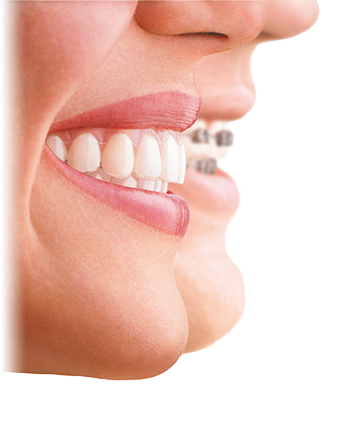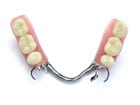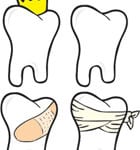 If you are going to go for something that is going to overcome the problem of tooth loss in central Leeds, then before you make a choice, you should give the dental bridge a look first; it’s a reasonably priced option, it will last a good amount of years and more importantly, it will not only retain the general health of your mouth, but it will put that twinkle back into your smile that you may have thought you had lost forever- and it is not a difficult procedure either: generally, the process will take a couple of weeks to complete, once you and your dentist have ascertained the type of bridge you need to plug up the holes. The beautiful thing about bridges is that they can be designed and then made to overcome any condition of tooth loss. Not only this, the procedure has evolved over the years thanks largely to the development of dental implant surgery; implants can help to anchor the bridge firmly into the mouth and prolong their longevity like never before. Tooth loss is always going to be a bit of a shocker when it happens, but if you talk to your dentist and look at the options, a dental bridge is a fabulous way to go to put that smile back on your face.
If you are going to go for something that is going to overcome the problem of tooth loss in central Leeds, then before you make a choice, you should give the dental bridge a look first; it’s a reasonably priced option, it will last a good amount of years and more importantly, it will not only retain the general health of your mouth, but it will put that twinkle back into your smile that you may have thought you had lost forever- and it is not a difficult procedure either: generally, the process will take a couple of weeks to complete, once you and your dentist have ascertained the type of bridge you need to plug up the holes. The beautiful thing about bridges is that they can be designed and then made to overcome any condition of tooth loss. Not only this, the procedure has evolved over the years thanks largely to the development of dental implant surgery; implants can help to anchor the bridge firmly into the mouth and prolong their longevity like never before. Tooth loss is always going to be a bit of a shocker when it happens, but if you talk to your dentist and look at the options, a dental bridge is a fabulous way to go to put that smile back on your face.
















